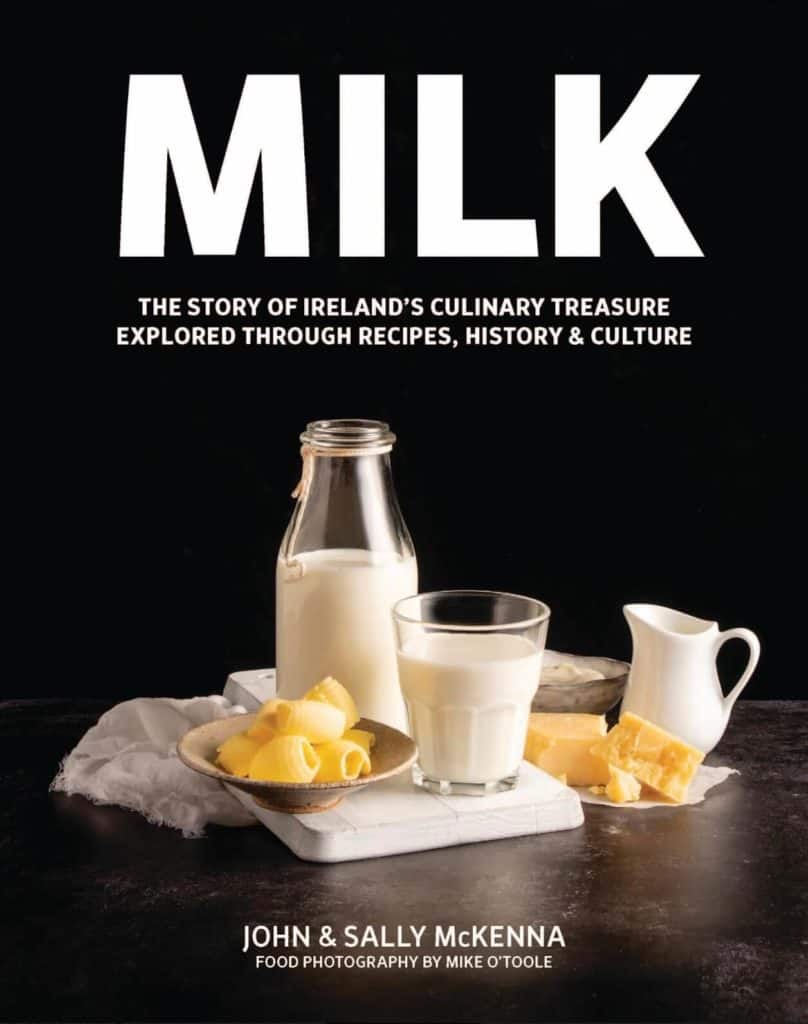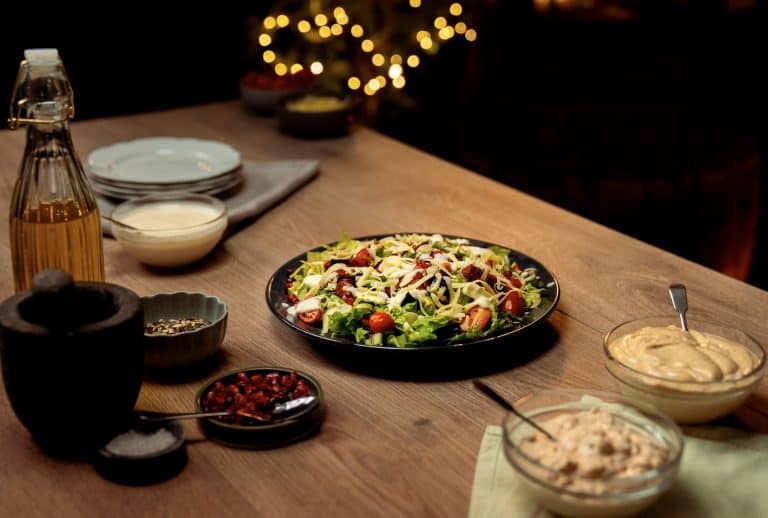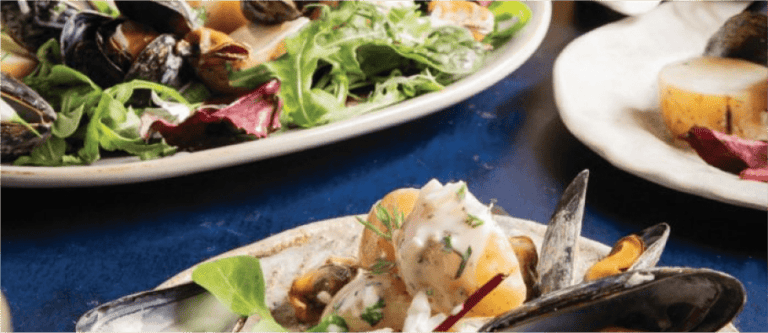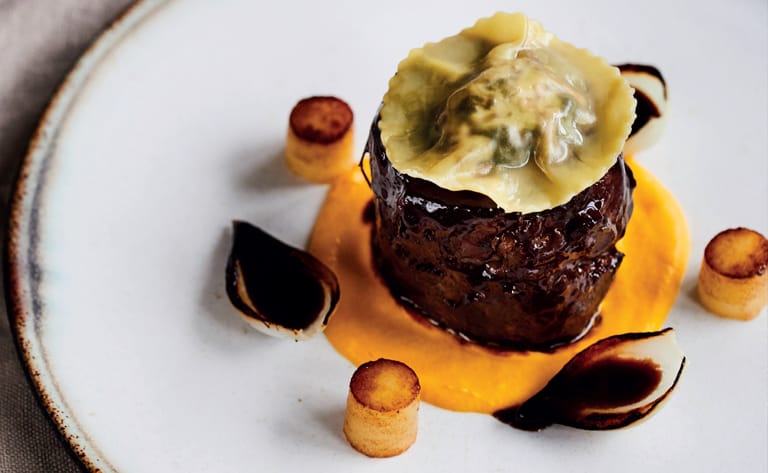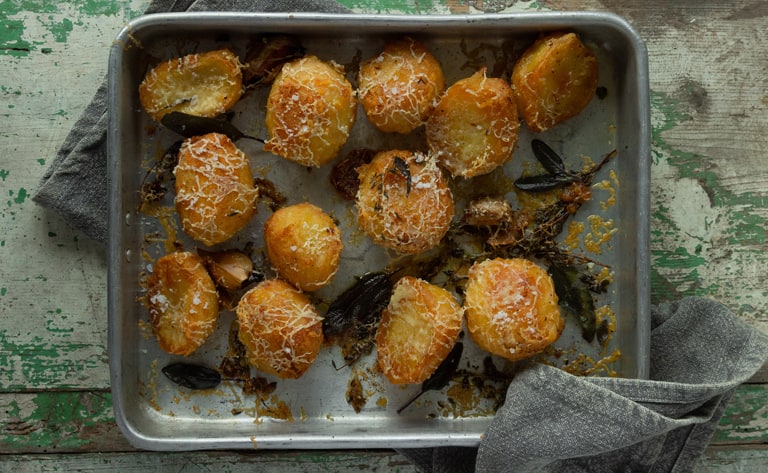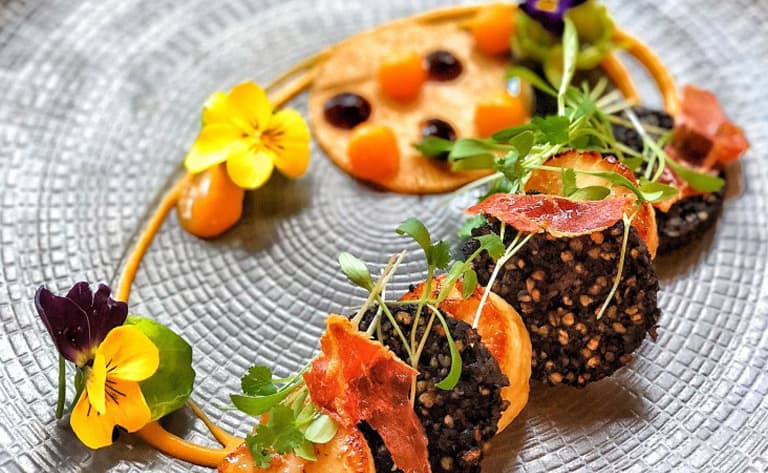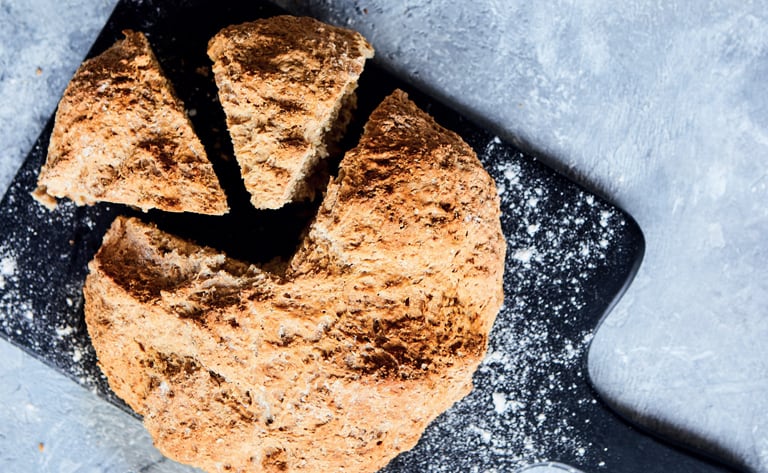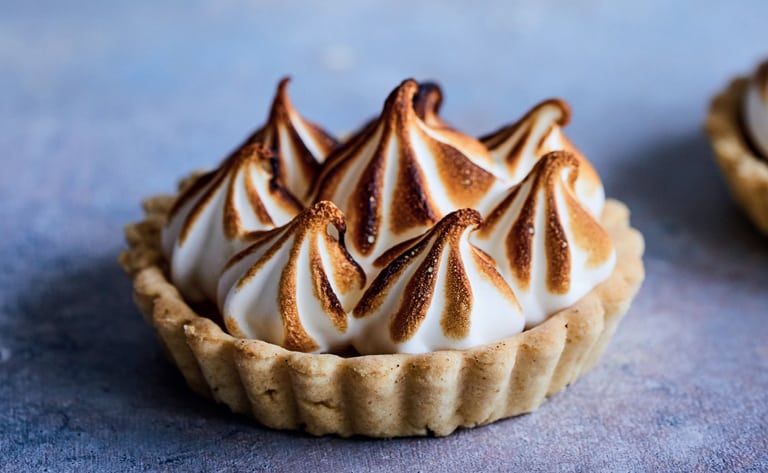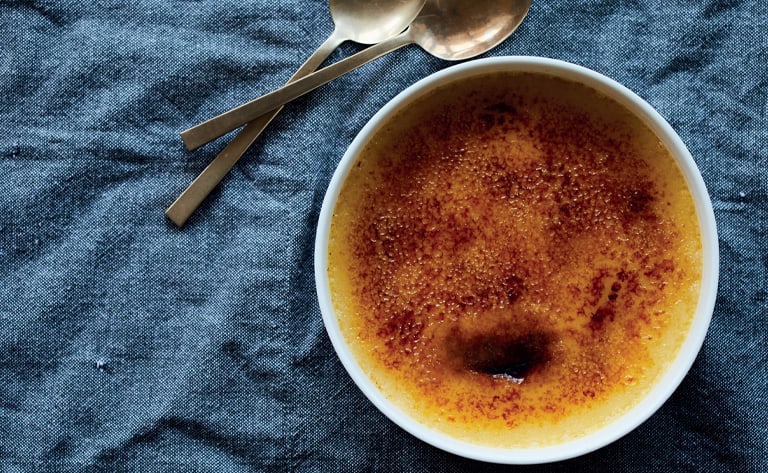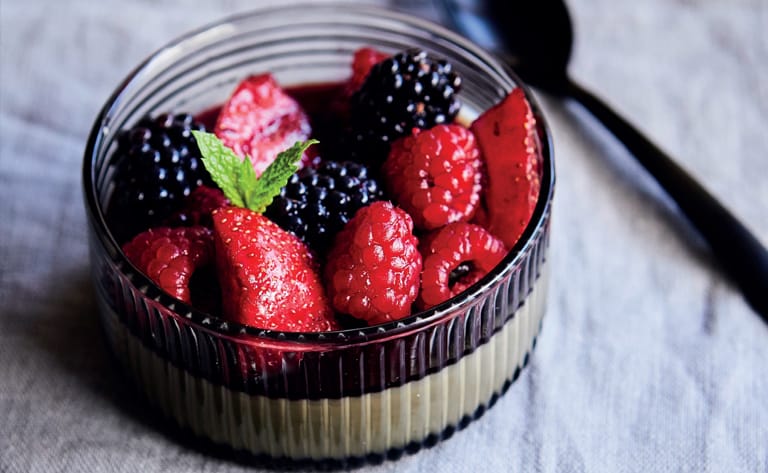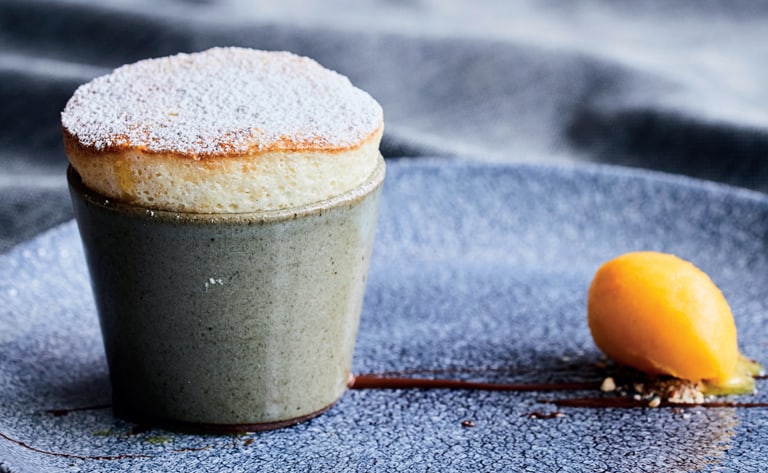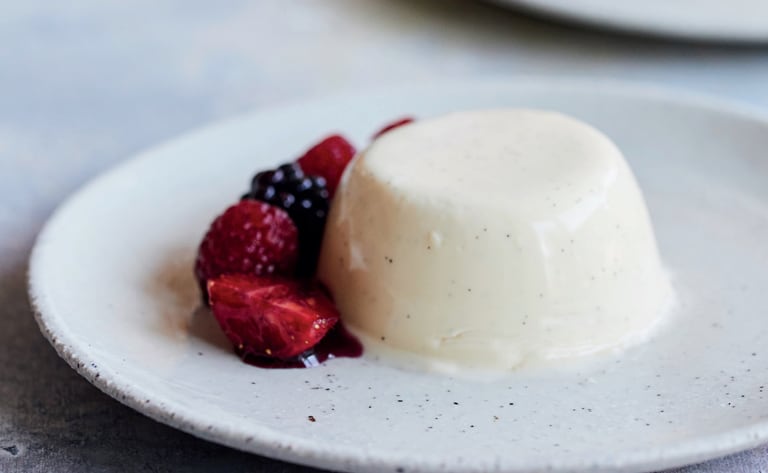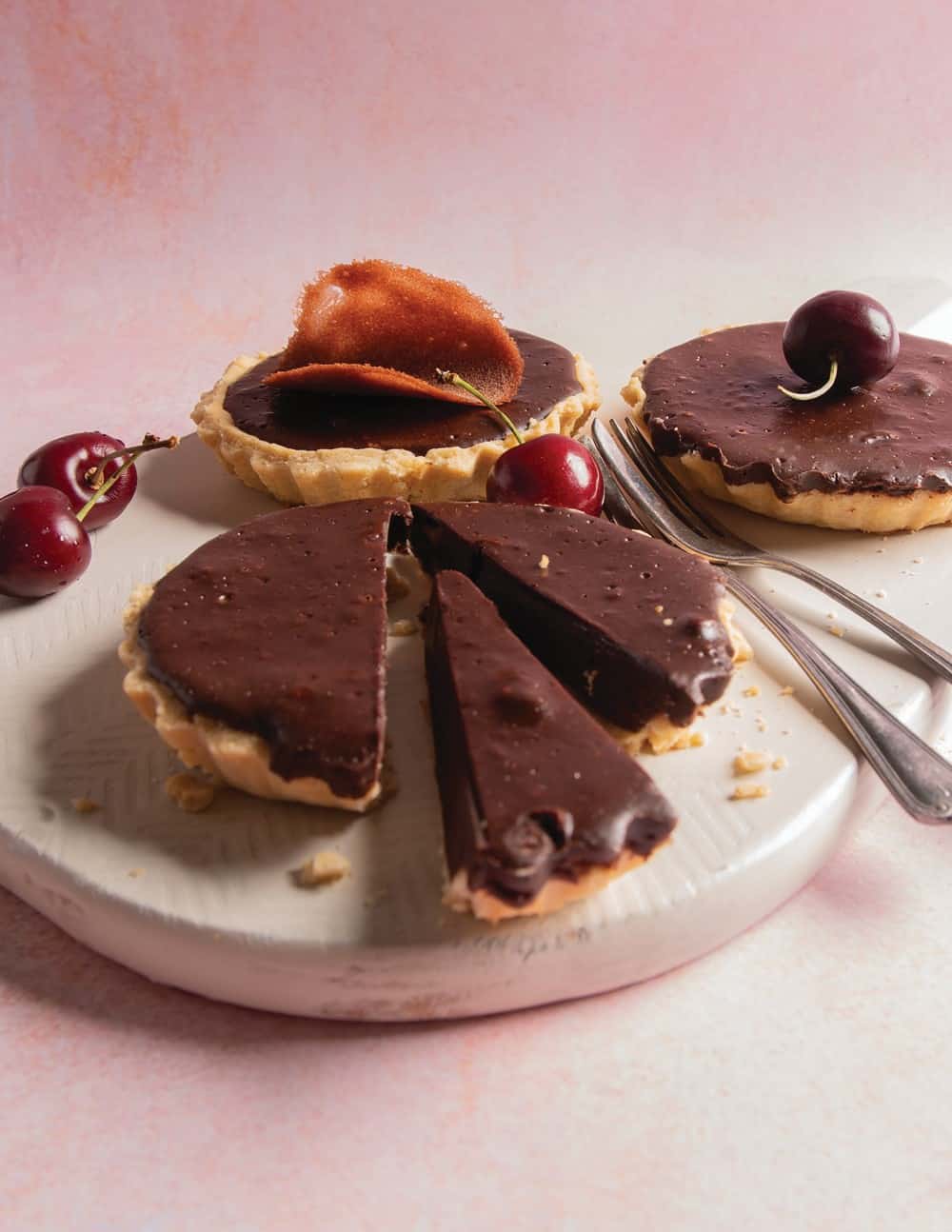I eat steak at least once a week. I love all the different cuts there are to choose from. I highly recommend going to your butcher for steak, as they can really help you choose the best cuts. The cooking guide provided here works great with sirloin, striploin, fillet, ribeye, flank and skirt steak. How long you need to cook your steak to achieve your liking really depends on how thick it is. Checking the steak by touch really makes a difference. Knowing the different tensions can really tell you how cooked it is. Soft means it’s rare/medium rare, springy means it’s medium and solid means well done. Use a spoon or tongs of course, so you don’t lose your fingerprint!

